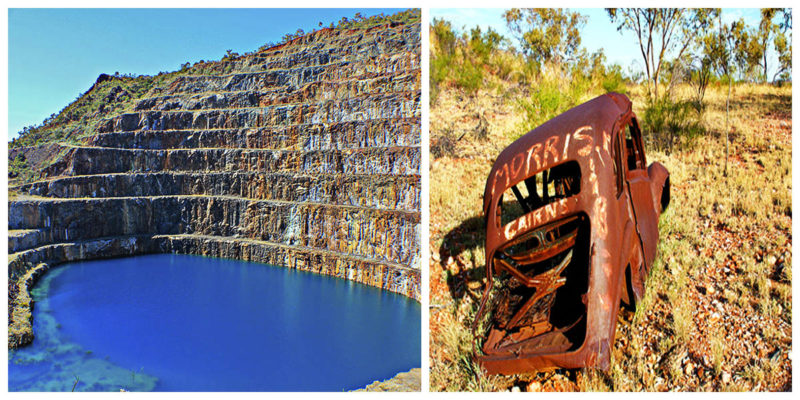Located in the Selwyn Range between Mount Isa and Cloncurry, one can find the abandoned mining settlement that goes under the name of Mary Kathleen.
Although this is an unusual name for a mine, the story of why the mine is given a woman’s name is short and thoughtful. This mine was known for its deposits of uranium.
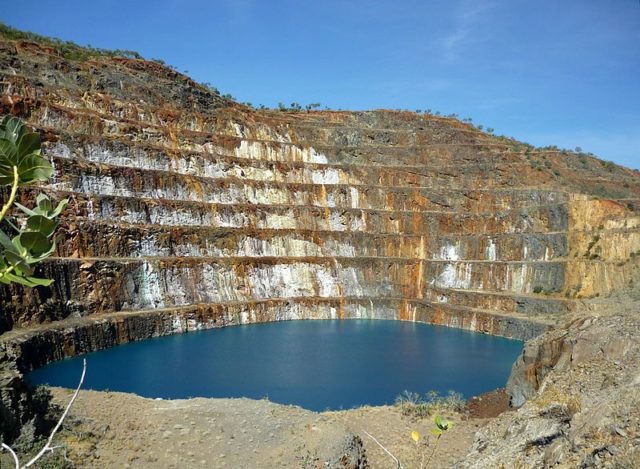
The deposits were discovered by Clem Walton and Norm McConachy in 1954. Mr. McConachy was a warm and gentle person, but the loneliness was too heavy a burden to carry.
After his wife passed away, Mr. McConachy decided to name the mine after his late wife. Later in 1955, Mary Kathleen Uranium Ltd was formed to develop a mine and a service town.
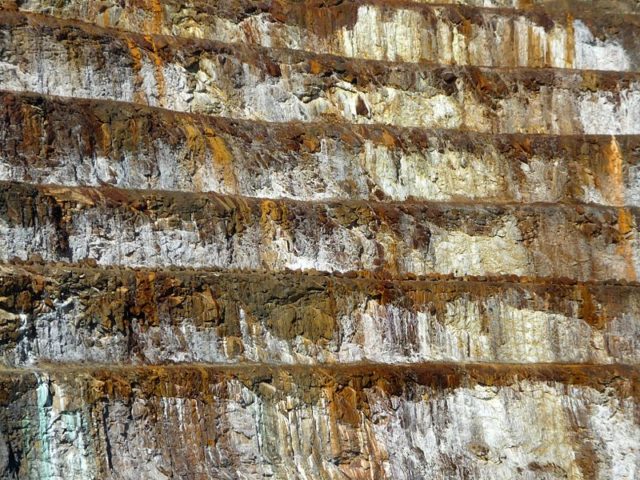
Built six kilometers from the mine around a shallow valley, it had everything a town needs: post offices, cinema, a school, bank, community store, and more. By 1961, it already had 1,000 residents.
The city’s population grew from 1956-58, using the reticulated water from a dam at Lake Corella. The mining commenced in 1956 and the treatment plant was put to work in 1958.
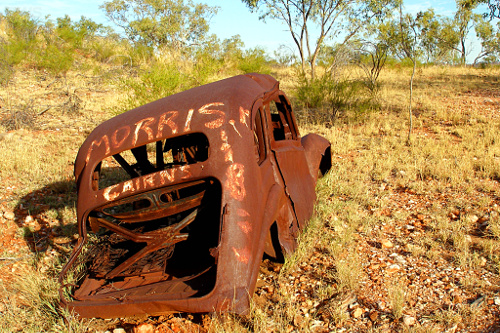
When all costs are considered, the overall investment made by Mary Kathleen Uranium Limited exceeded the 24 million dollar mark. The method used was the so-called open-cut and the processing itself was done on site.
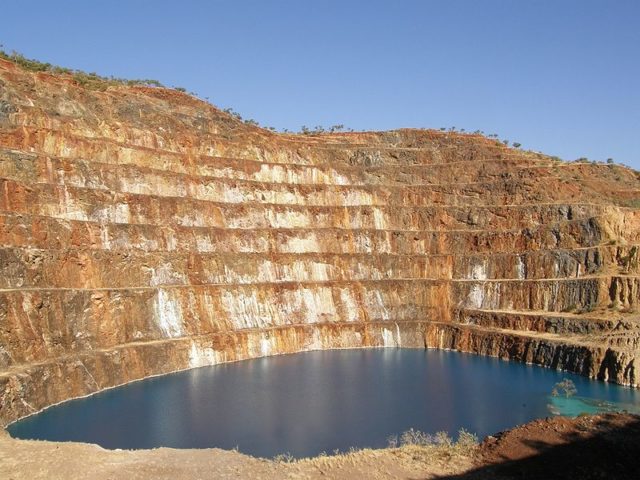
During 1958 and 1963, more than 4,000 tons of uranium oxide were extracted from the mine. The math was simple: 4,500 tons of uranium concentrate (back then called yellowcake) contained 3,460 tons of uranium.
The mine worked so efficiently that the major supply contract the mine had was satisfied ahead of time.
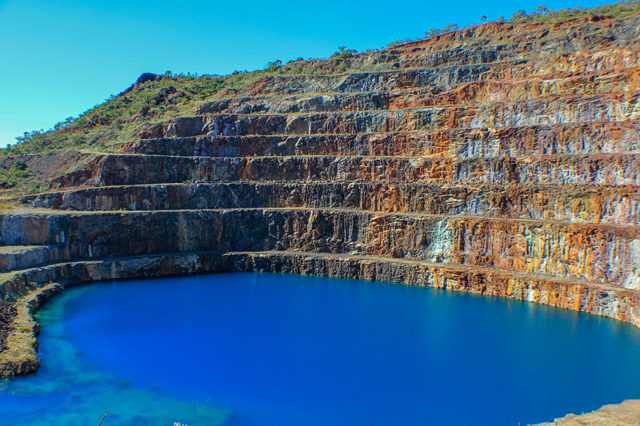
As a result, huge reserves quickly started to pile up, and so the mine was left with only one solution: to shut down its operations. The pause lasted from 1963 until 1974 when it was reopened, the reason being new contracts with Japanese, German, and American power utilities. As the usual, the business was booming until 1982 when the mine’s reserves were finally exhausted.
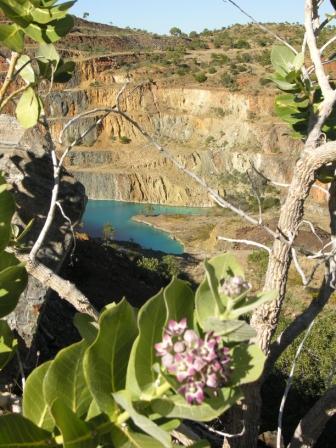
The final summary speaks volumes about the capacities of this mine. More than 31 million tons of ore were extracted from the mine until it was exhausted. Later in 1985, Australia started the first major rehabilitation project of a uranium mine. The total cost for saving the environment: $19 million – the price for keeping the environment safe: priceless.
https://youtu.be/L7KBhVwT1DI
